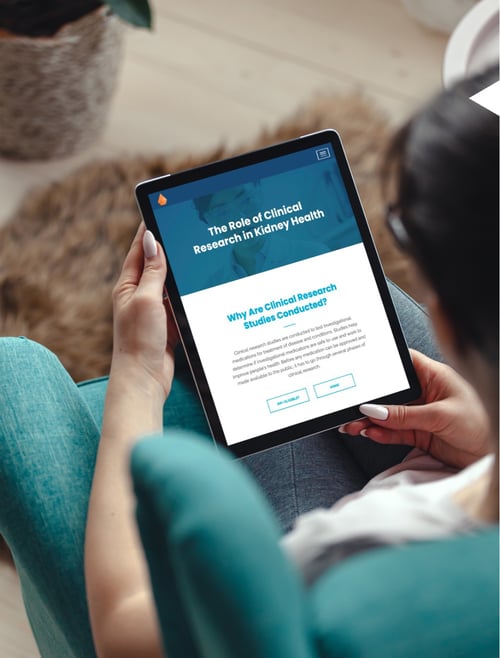Key Takeaways
BBK Worldwide was hired to re-energize lagging enrollment for a clinical study evaluating an investigational treatment for enteric hyperoxaluria, a condition caused by increased intestinal oxalate absorption which can lead to kidney stones, chronic kidney disease and kidney failure.
The study was seeking to enroll a minimum of 200 patients globally — at the time of BBK’s engagement, only 11 patients had been enrolled. The screen-fail rate was 75 percent.
BBK launched a five-month pilot campaign consisting of two flights of media to determine the most effective tactics. Findings would be leveraged for a US-only media campaign.
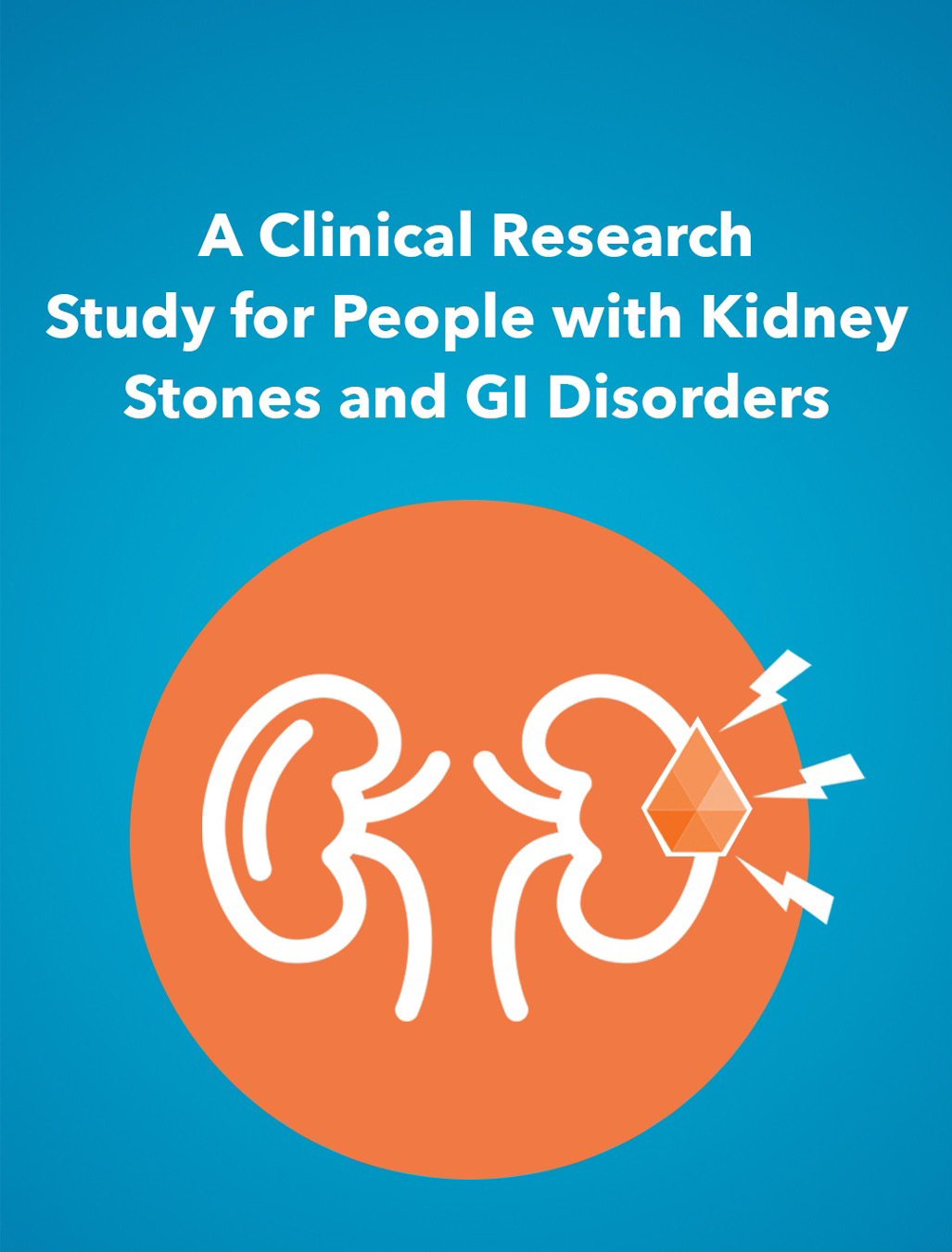
At the end of the pilot, BBK had successfully generated a large volume of pre-qualified referrals, exceeding initial projections by 50 percent.
Challenges
-
A lengthy screening period consisting of four visits over three months.
-
Overburdened site staff were not equipped to respond to referrals in a timely manner, negatively impacting recruitment efforts.
-
Site staff did not have patient education materials to assist with introductory conversations.
Solutions
-
BBK cast a wide net with messaging designed to resonate with a large number of patients with a history of kidney stones.
-
BBK engaged a call center to support referral processing and alleviate site staff burden.
-
BBK optimized the existing online prescreener to ensure that sites only received high-quality referrals.
Impact
The pilot campaign significantly over-performed in a number of significant areas, including number of prescreener starts, referrals to the call center, and referrals successfully contacted by the call center. The campaign resulted in 883 referrals to the call center.
Efforts resulted in 883 referrals to the call center, with Facebook driving the highest number of referrals with 734.
Screening and referral rates at media-supported sites were significantly higher compared to sites that did not receive media.
Sites commented on the high quality of referrals, validating prescreening and referral processing efforts.
-
 50%
Initial referral projections were exceeded by 50 percent.
50%
Initial referral projections were exceeded by 50 percent.
-
 37%
Screening rates experienced a boost of 37 percent.
37%
Screening rates experienced a boost of 37 percent.
-
 84%
Facebook delivered the greatest ROI with 84 percent of referrals.
84%
Facebook delivered the greatest ROI with 84 percent of referrals.
Download the PDF version of this case study today:
Subscribe to stay connected
Related Resources
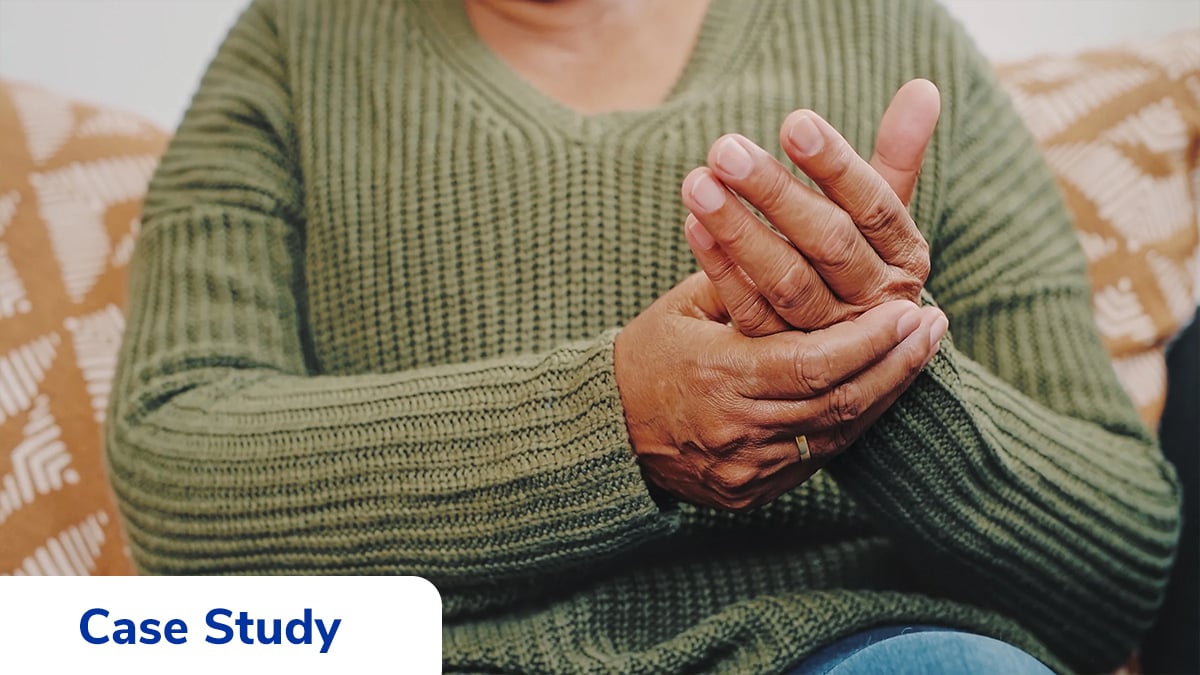
Familial Amyloid Polyneuropathy — Neurology and Gene Therapy — Phase 3
Case Studies
October 12, 2021
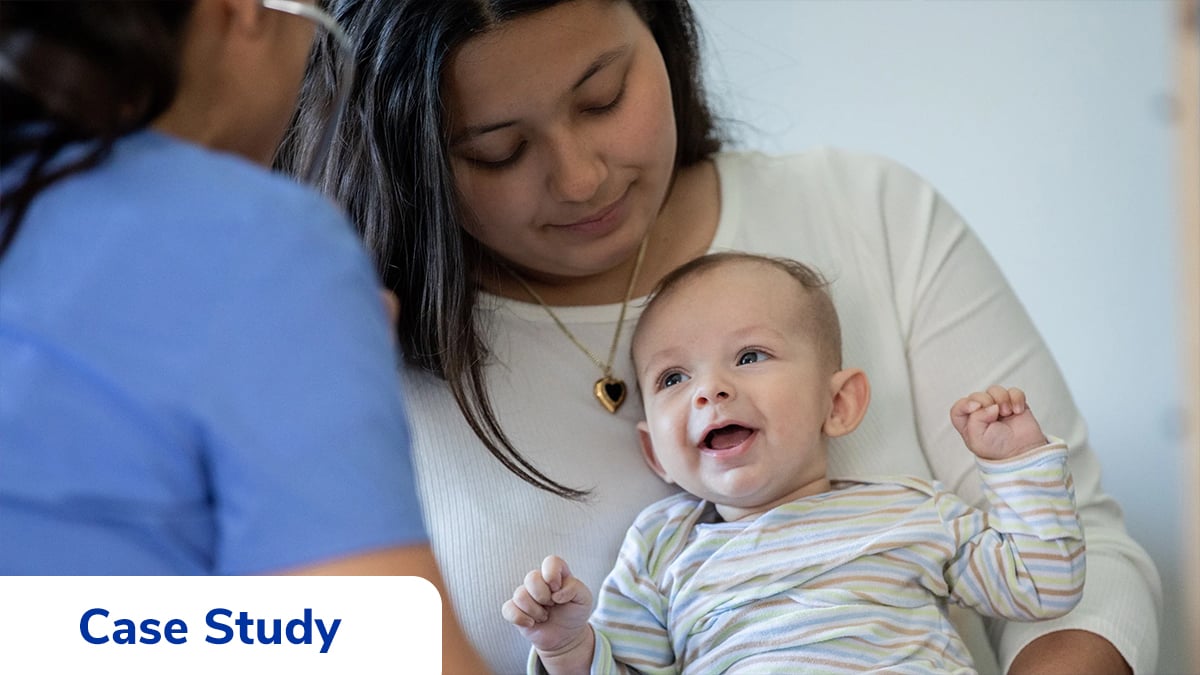
Pediatric Spinal Muscular Atrophy — Neurology and Rare Disease — Phase 2
Case Studies
December 13, 2021
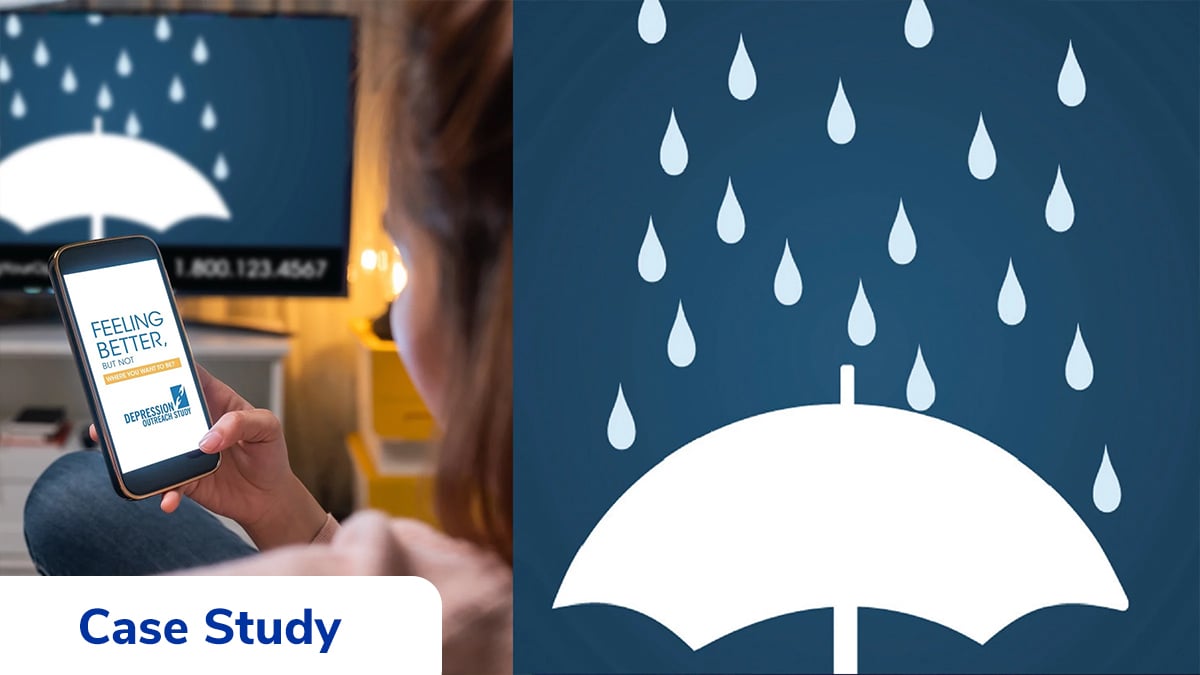
Major Depressive Disorder — Mental Health — Pivotal Phase 3 Study
Case Studies
February 5, 2022
BBK Worldwide, LLC
117 Kendrick St., Suite 600
Needham, MA 02494 United States
Terms & Conditions Privacy Policy
© 2024 BBK Worldwide. BBK Worldwide is a Publicis Health company.
Terms & Conditions Privacy Policy
© 2024 BBK Worldwide. BBK Worldwide is a Publicis Health company.


